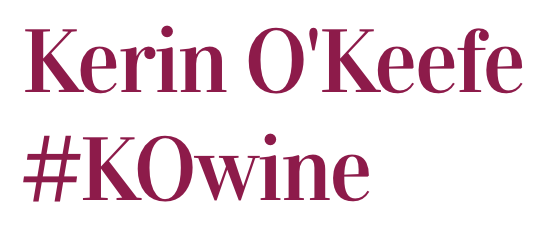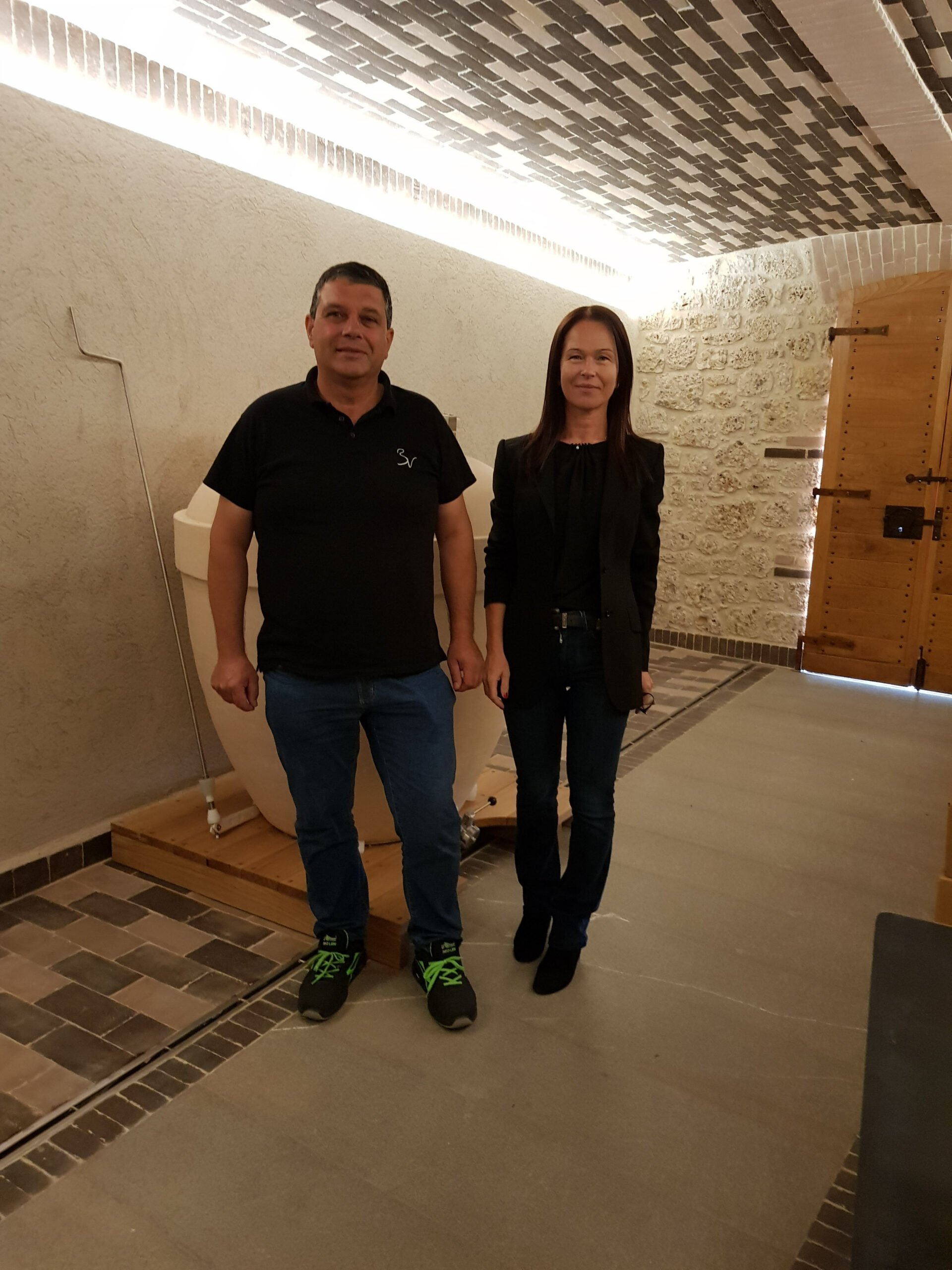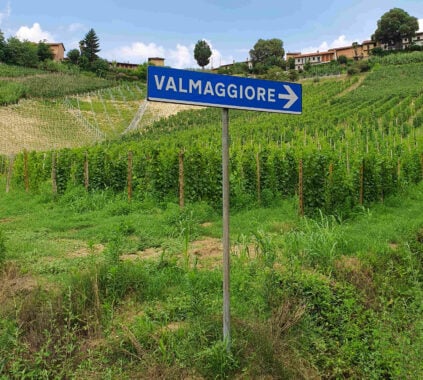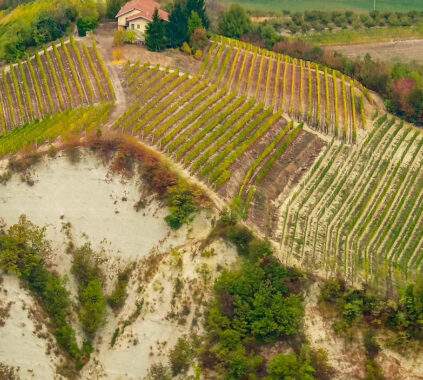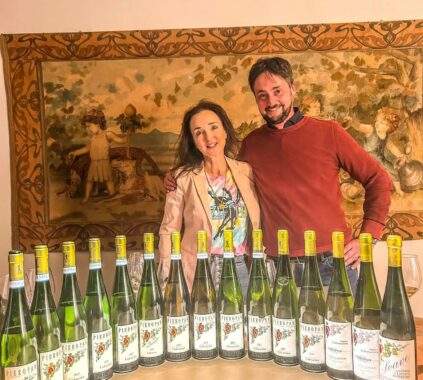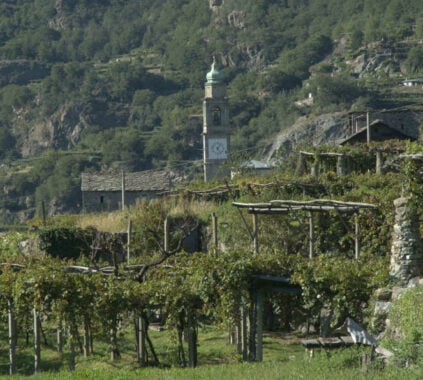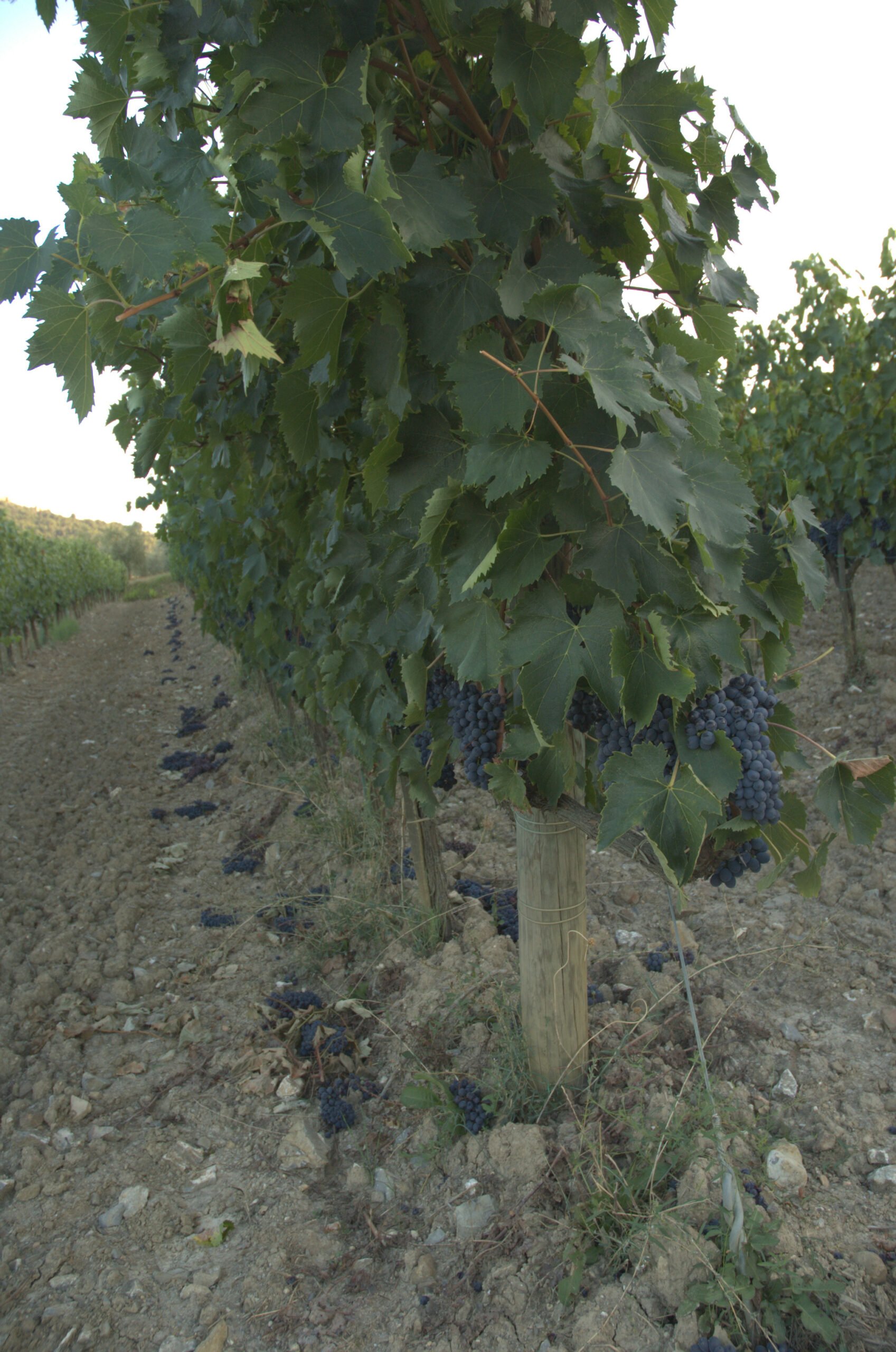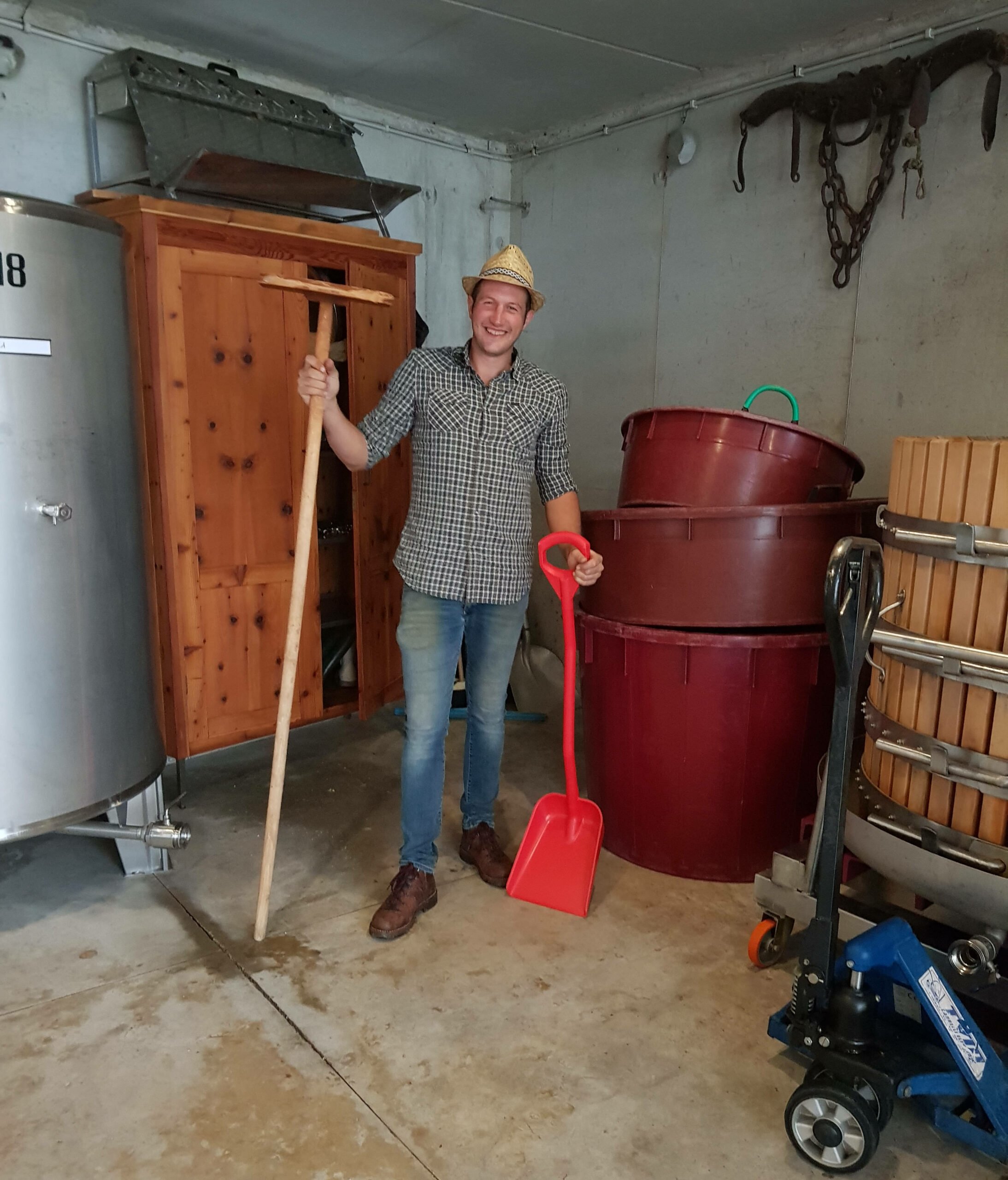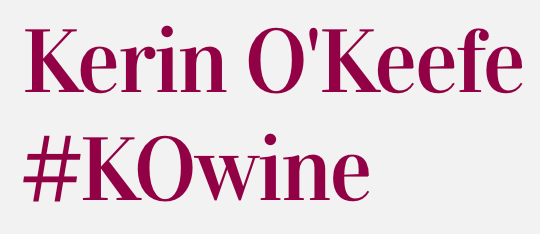If you’re a fan of Prosecco Col Fondo – the traditional Prosecco that undergoes secondary fermentation in the bottle but instead of being disgorged is bottled on its lees – you’ll be disappointed to hear that the term is looming on the verge of extinction, at least in the Conegliano Valdobbiadene Prosecco Superiore denomination. The new, official and totally uninspiring name is the tongue-tripping Sui Lieviti. And the lightly sparkling frizzante style itself is at risk thanks to other changes in the production code that favor the more exuberant spumante style.
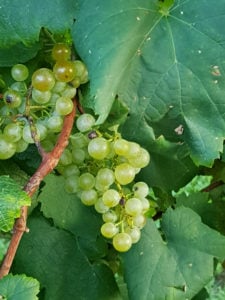
© Paolo Tenti | Glera grape
So how did a historic, local name for a particular wine style, used in the area for generations, become prohibited?
It started with a registered trade-mark, but the situation has been exasperated by a combination of wide-spread miscommunication and a chronic lack of collaboration and cooperation among local wine producers. Perhaps the most shocking aspect of all is that not only has this sad state of affairs been going on for several years, but also almost no one knows about it. Even most local producers are confused over the issue. In my opinion, after interviewing producers and Consorzio representatives, it’s a misunderstanding that could be resolved in the best interests of both wine lovers and winemakers, but if only producers unite and work with each other.
As a huge fan of this category, I for one would like to see the Col Fondo name remain.
Col Fondo disappears from flagship producer’s label
I broke the story on Twitter in late September when I got back from my trip to Conegliano and Valdobbiadene and found-out first-hand that producers were no longer using Col Fondo on their labels, including boutique producer Ca’ dei Zago. Founded in 1924 and run today by enologist and agronomist Christian Zago and his enologist sister Marika, the firm produces fantastic wines. Their racy, bone-dry, mineral-driven Col Fondo – made with old vines and farmed according to biodynamic methods without the use of any harsh chemicals – is one of the best out there. I noticed during my Prosecco and Prosecco Superiore tastings earlier in September in my office, and again during my visit, that the term Col Fondo no longer appears on Ca’ dei Zago’s labels. When I asked why, Christian stated, “The term is trade-marked by two wineries, Drusian and Val d’Oca. No one can use it anymore besides them”. I was stunned. This is a category I’ve covered extensively, and one that has historic roots in the area.
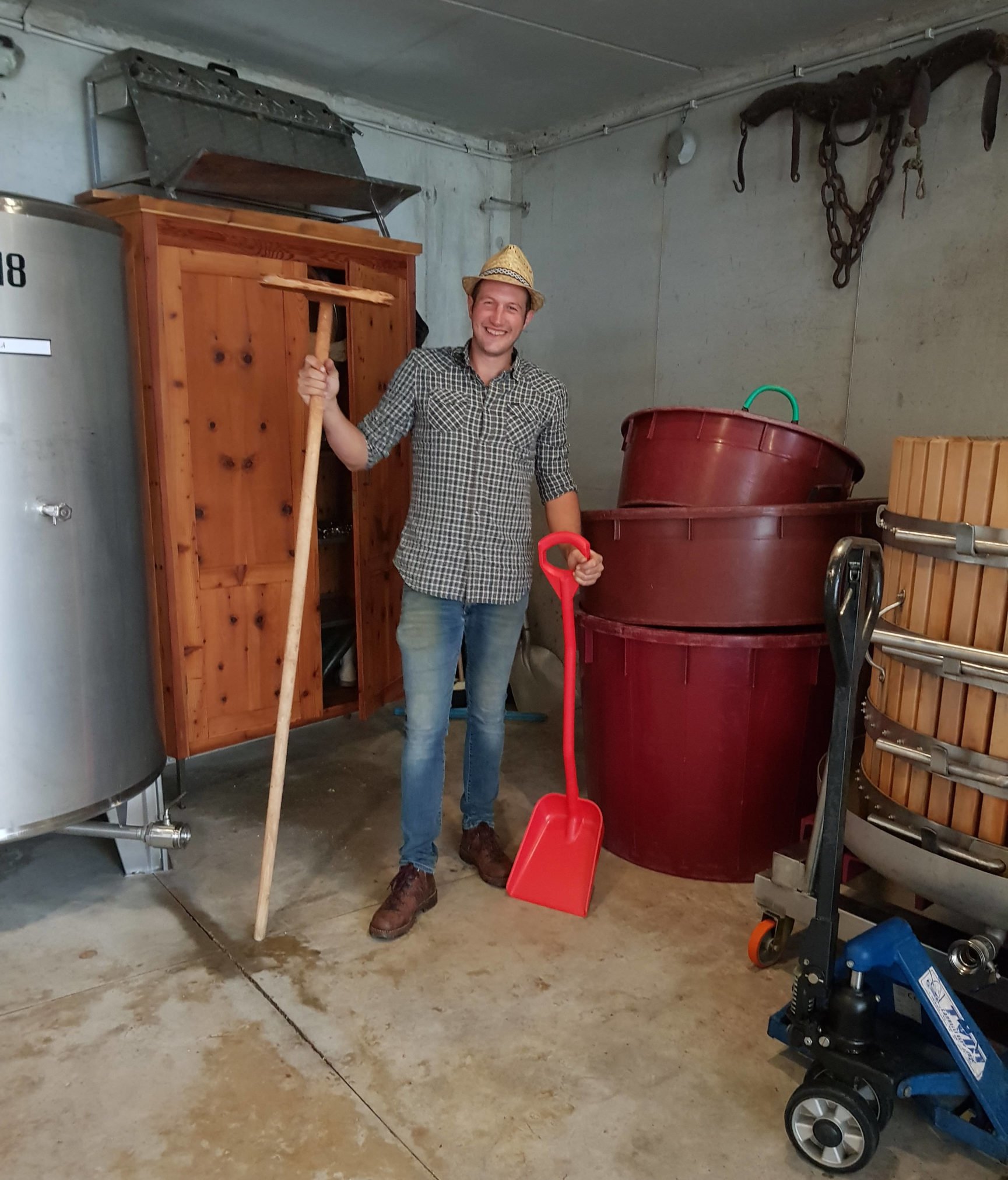
© Kerin O?Keefe | Christian Zago in his cellar
How does a local term that collectively describes a traditional wine style get trademarked?
When I pressed for more information, Christian told me he was informed of the situation in 2016, when he decided to switch from a crown cap closure to cork, which would allow him to label his wine as Valdobbiadene DOCG as opposed to simply Prosecco DOC. When he sent in the firm’s revised label to the Consorzio’s control agency, “we were advised against using the term Col Fondo on the label because two wineries owned the trademark. The same agency informed us that the correct term for this style is Frizzante a rifermentazione in bottiglia,” says Christian. He adds that starting with the 2017 vintage, they abandoned the name Col Fondo altogether “because it seems like a losing battle. But in the meantime, other producers still use the term, and yet the trademark owners appear to not have taken action. So the situation is really unclear.”
The Consorzio’s Response
The day after my visit to Ca’ dei Zago, I met with Consorzio representatives who confirmed the trademark was owned by the two wineries. And while they didn’t seem surprised when I mentioned that Ca’ dei Zago was advised to drop the term from its labels, they seemed perplexed at my insistence on clarifying the Col Fondo issue. Granted, the volume of this style is tiny when compared to the more conventional wines (there were 182,000 bottles of ‘Frizzante rifermantato in bottiglia’ made in 2018, accounting for 0.2% of production) but what is the now ex-Col Fondo category has attracted a lot of attention in the last several years. The best of this category show focus, energy, and precision as well as true expressions of terroir. The President of the Consorzio, Innocente Nardi, in follow-up emails, stressed that the new official name for this style of wine for the Consorzio and according to the EU rules, is Sui Lieviti. I asked during my initial meeting with the Consorzio reps how Col Fondo – a wine style and a name that has been used at least since the beginning of the last century according to producers, could be trademarked but I never received an adequate answer and honestly I didn’t expect one. It simply should NEVER have happened.
During my recent visit to the area, I also went to the dynamic firm BiancaVigna, founded in 2004, to taste their vibrant Rive selections, and they opened their own Sui Lieviti bottlings. When I inquired why they didn’t use the name Col Fondo, Elena Moschetta, who owns the winery together with her enologist brother Enrico, told me, “It’s now common knowledge that the term has been trademarked. So rather than going to all the expense of creating a label and being told it conflicts with a trademark, or receiving a letter from a lawyer, we went with Sui Lieviti instead.” She added that she hoped the situation could somehow be resolved as Col Fondo bottlings were becoming more popular, and because Col Fondo has always been the traditional name. In fact the firm began making this style starting in 2016 resulting from a strong demand for Col Fondo wines.
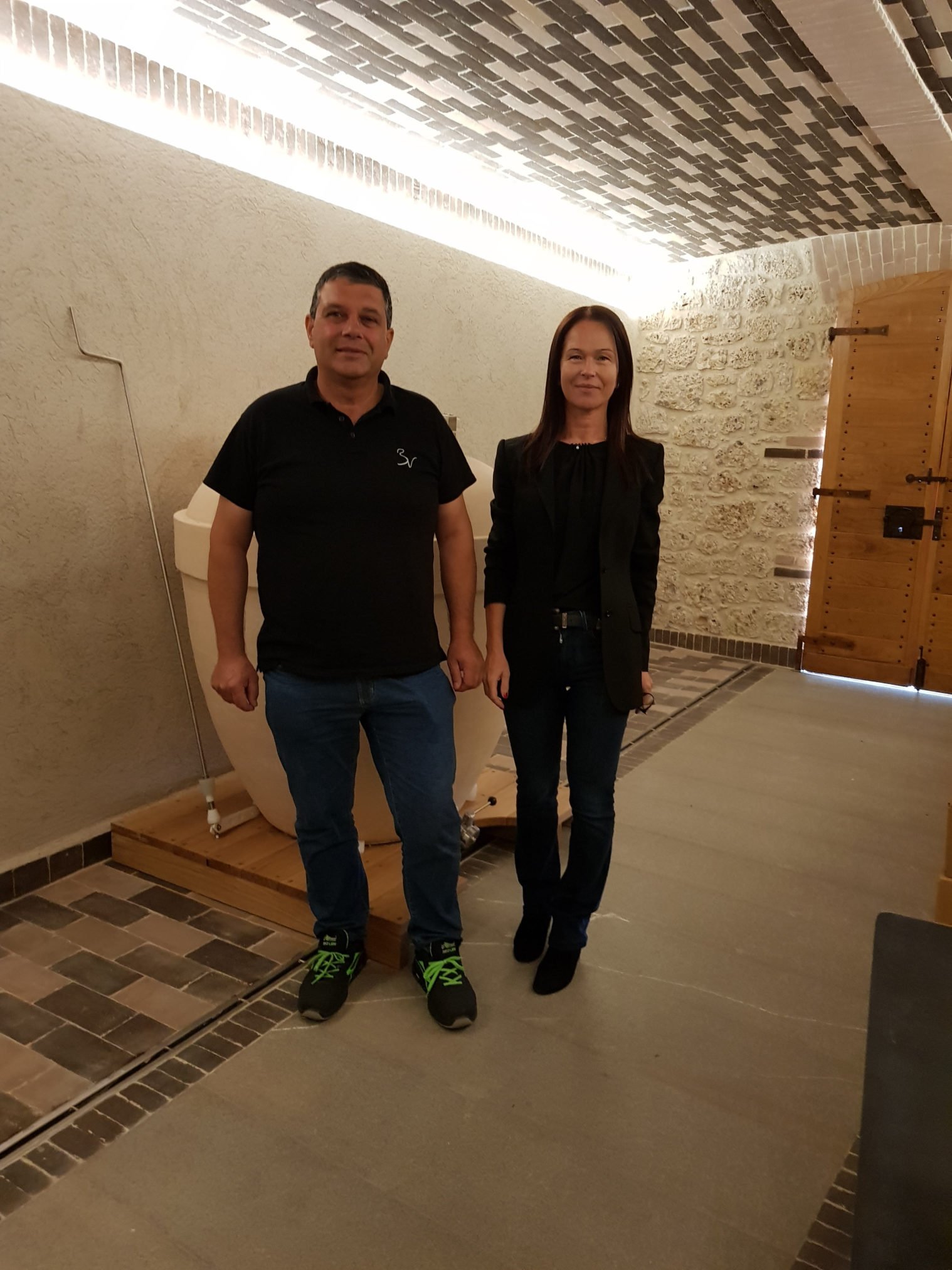
© Kerin O?Keefe | Enrico and Elena Moschetta, owners of BiancaVigna
The Trademark
A quick look at Drusian’s website revealed that the firm makes a Prosecco called Colfondo, written with one word. Francesco Drusian and Val d’Oca both registered Colfondo in 2002 within just days of each other, and both became the trademark holders. In follow-up questions, the Consorzio revealed that it had tried to acquire the trademark in 2013 but couldn’t reach an agreement with the two wineries. When I asked if the Consorzio could trademark Col Fondo, two words, the reply was no, it was too similar to the already-trademarked version.
The Consorzio also specified that the term Col Fondo “has always been used in spoken language, here in the production area, but it has never been included in the official documents and procedural guidelines of the appellation.” In another email, the President of the Consorzio, Innocente Nardi, specified “the term Col fondo, written with two distinct words could be used (author note: bold font is mine) because it’s not registered, but it evokes the Colfondo trademark.”
Whoa. Why don’t producers know this? In fact several producers I talked with didn’t know that the trademark was actually for Colfondo and not Col Fondo, but we’re splitting hairs here. The final result is that several producers who for years wrote Col Fondo on their labels have now stopped while those just investing in the style are forgoing the term altogether. Other producers told me that even having one word the same as the trademark could cause legal issues and to avoid problems, they too are avoiding any form of the term.
Col Fondo: the reality
Although the Consorzio stresses that the term Col Fondo was used in spoken language, producers making this style in both Prosecco Superiore DOCGs (Conegliano Valdobbiadene and Asolo) and in Prosecco DOC have also used the term on their labels for years. And since this is the historic name for what is the original rendition of Prosecco – the only style before the advent of the steel tanks that introduced the Charmat method – it still defies logic that this could be trademarked, one word or two. It’s akin to registering the term metodoclassico for example.
Even worse is the fact that many producers clearly don’t understand the situation, and that they haven’t banded together to demonstrate the historical use of the word locally to try to overturn the trademark.
But to put it into perspective, most Col Fondo producers are small, family-run firms where basically one person follows the vineyards and the winemaking and another family member follows the commercial/administrative side of the activity. They don’t have time to gather up years of documentation and most would rather invest their time and money in the vineyards and in the cellars as opposed to meetings with lawyers and paying legal fees. But the ball was dropped for sure, and it has had an undeniable impact on this denomination, because Col Fondo as a term is disappearing.
In my opinion, producers can and should fight this: Col Fondo has been used for in the area for generations and describes the original Prosecco with sediment thanks to the yeasts that fall to the bottom of the bottle. And since this dry, earthy version generates a more authentic expression of the local nectar when compared to many other Proseccos, it has attracted a number of discerning wine lovers who have gone on to discover other wines from the denomination.
Part of the reason producers are abandoning the moniker generates from urban – or in this case, rural legends – that I’ve been hearing the last few weeks….
Rural Legend: The Letters
Several producers told me they received letters warning them not to use the term Col Fondo from the Trademark holders. When pressed, this soon became, “OK, we didn’t actually receive a letter, but we know a number of producers who did.” When pressed for even more details, no one could or would name a single winery that received a letter from the trademark holders.
I contacted the Drusian winery, owned by Francesco Druisian, one of the two trademark holders. His head of PR and communication, Maria Vidalli, on his behalf, offered up some invaluable insight. After confirming with Francesco, she said that since 2002, the winery had only written cease and desist letters to two wineries, both that had been using the term colfondo – written as one word – on their labels, and were about to send out a third letter for the same reason. According to Maria, “Drusian has never sent any letters to producers using Col Fondo written with two words. We couldn’t, this is the term that has been for years in the growing zone”.
She also shed light on the attempted agreement with the Consorzio.
“Francesco says that after years of negotiations, in 2017, he agreed to cede the trademark ‘colfondo’ free of charge to the Consorzio under one condition: that Col Fondo would be given DOCG status, both for frizzante and Spumante. The request was denied.”
Fast forward two years, and the new production codes stipulate that starting in 2020, Sui Lieviti will be allowed to be labeled as Conegliano Valdobbiadene Prosecco Superiore Spumante Sui Lieviti.
Frizzante or Spumante: who cares? The producers. And lovers of this style.
The wine formerly known as Col Fondo, then as Rifermentato in bottiglia and now officially called Sui Lieviti, has always been classified as Frizzante, and as such has had to be a maximum 2.5 bars of pressure, while Spumante is anything over 3 bars. But starting in 2020, the official name of what is the original style of Prosecco will be Conegliano Valdobbiadene Prosecco Superiore DOCG Spumante Sui Lieviti. This means however that the pressure will have to be 3 bars or higher.
Some producers are happy, others not so much.
“It’s extremely difficult to control the pressure in a bottle-fermented sparkler on its yeasts, and keeping the wine at 2.5 bars of pressure is a continuous stress. For sure the previous generations of winemakers that made this style weren’t monitoring the pressure so closely, but today if you make a Frizzante that’s 2.6 bars instead of 2.5, you can get a hefty fine,” explains Elena Moschetta of BiancaVigna. She adds that besides the lowered stress on keeping the pressure in check, “starting from 2020, we can finally label the wine this style as Conegiano Valdobbiadene Prosecco Superiore DOCG.”
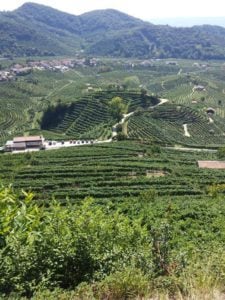
© Paolo Tenti | Glera vineyards in Valdobbiadene
Christian at Ca’ dei Zago is less enthusiastic. “With the modified production code, you can still make ‘frizzante rifermentato in bottiglia’ at 2.5 bars of pressure. But the modifications now permit you to make a spumante ‘sui lieviti’ at 3 bars and above. But in my opinion, this would distort the historical origins of this wine, so we’ll continue to make Frizzante rifermentato in bottiglia”.
In the end…
Like all great wine making areas, in the case of Col Fondo, the best guarantee will be the producer behind the style, not the new name or revamped version of one is Italy’s most historical and fascinating sparklers.
Col Fondo Conegliano Glera other denominations Prosecco Prosecco Superiore Valdobbiadene Veneto
Last modified: February 13, 2024
